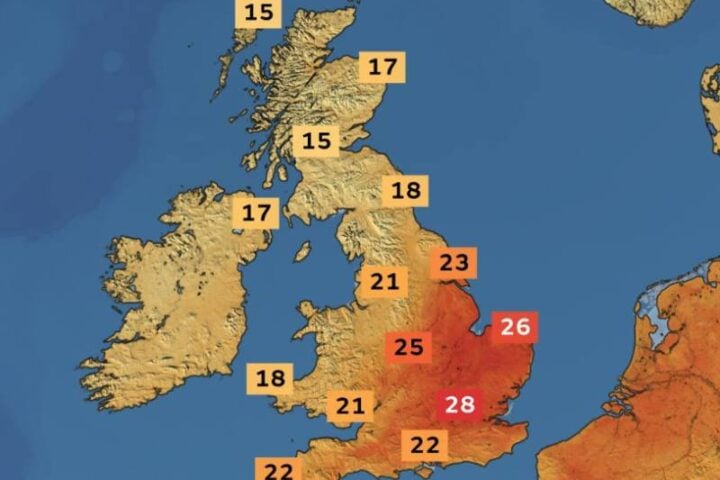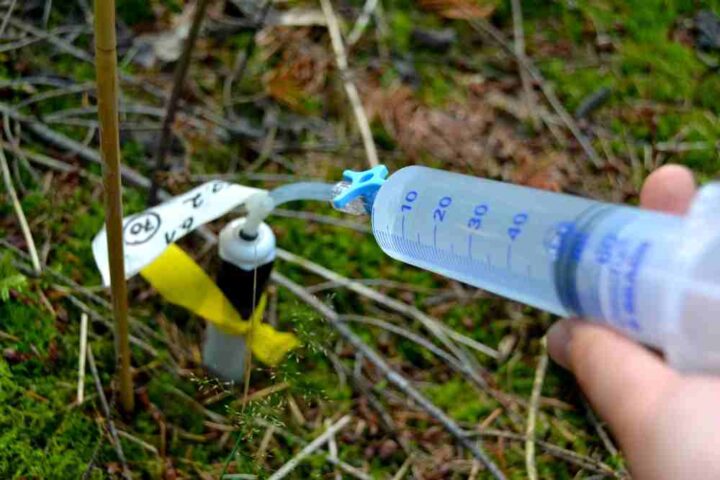Coupled with various anthropogenic factors, climate change is reshaping the habitats of numerous native trees and plant species across California, posing a significant threat to their survival. Recently published in Functional Ecology, a UCLA-led study has illuminated a novel approach to understanding and predicting the optimal habitats for over 100 types of plants, based on analyzing specific characteristics of their leaves and wood. The research, which spans environments within the University of California Natural Reserve System, reveals a statistical model that estimates each plant species’ preferred temperature and rainfall amount, utilizing data from their physical traits.
Deciphering the Language of Leaves and Woody Stems
A UCLA professor of ecology, Lawren Sack, underscores the imminent necessity of identifying new, suitable habitats for California’s native species, as their current environments are being dramatically altered by climate variations. The study introduces a method that deciphers a language in leaves and woody stems, which indicates the species’ optimal habitats, potentially aiding scientists in determining new locations to establish plant populations and develop enhanced protections for existing habitats. The research team, including Sack and UCLA postdoctoral scholar Camila Medeiros, analyzed 10 distinct leaf and wood traits from more than 100 species in various environments, covering approximately 70% of California’s land area.
Insights from Leaf and Wood Traits
Medeiros, the paper’s first author, notes, “The correspondence of leaf and wood traits with species’ climates is striking,” highlighting that species native to warmer, drier climates tend to exhibit specific traits such as shorter stature and denser leaves. Aligning plant physiology with climate across diverse Californian landscapes, the study’s findings suggest that the reflection of a species’ preferred climate in their physical traits has evolved over millennia. Combined with advanced statistical modeling, the researchers utilized state-of-the-art measurement technologies, such as vapor-pressure osmometry to determine plants’ wilting points, offering unprecedented predictive power in their study.
Similar Posts
Potential Applications in Conservation Strategies
Medeiros emphasizes the potential of their approach to prioritize threatened species for conservation, stating, “We also found that many plants in the ecosystems we sampled were occupying locations that differed in climate from what we estimated to be their optimal niche.” Funded by the National Science Foundation and the Natural Reserve System, the research provides a pivotal step towards understanding and mitigating the impact of climate change on plant species, particularly in the context of conservation. The findings of the study not only predict the preferential climate of plant species but also enable scientists to estimate how misaligned a plant is from its native climate, providing crucial insights into their vulnerability to future climatic shifts.
Predicting and Addressing Plant Vulnerabilities
Offering a nuanced understanding of their optimal living conditions, the model developed by the scientists predicts not just what temperatures and rainfall amounts each species can tolerate but pinpoints their preferred conditions. Sack articulates, “Plant species can directly reveal to us their climate preference and their vulnerability to potential climate change in the ‘language’ of their leaves and wood,” emphasizing the communicative power of plant physiology. Through meticulous analysis, the research team demonstrated that plants native to warmer and drier climates tend to exhibit traits such as lower wilting points and smaller leaves, which enable them to sustain photosynthesis during water scarcity and grow faster when water is available.
Revolutionizing Conservation Approaches
The innovative approach of the study could potentially revolutionize conservation strategies, particularly in the context of escalating climate challenges, by providing a scientific prediction of where a plant prefers to live, based on a leaf and a piece of wood. Providing a comprehensive overview of the diverse climates and habitats found within California, the researchers analyzed ecosystems ranging from desert and coastal sage scrub to mixed conifer broadleaf forest. The findings of the study are particularly pertinent in the context of California’s rich biodiversity, where numerous species, unique to specific climate niches, are found nowhere else on the planet.

















